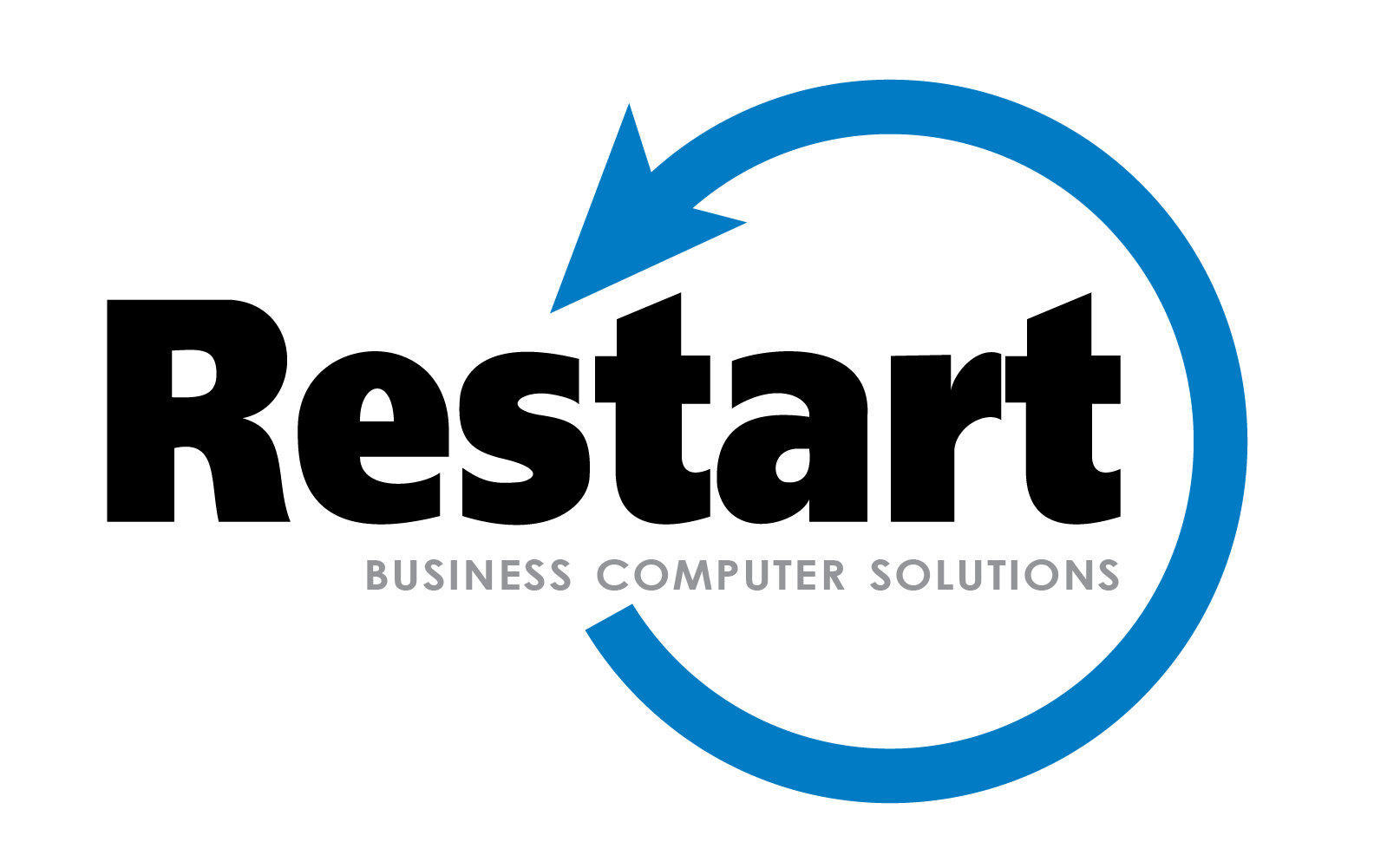Have you ever said any of the following to your graphic designer:
- I don't have the content done, can't you make the design first?
- I just want everything to POP!
- I have this whole list of things that need done. Oh and can you have this done by the end of today?
- I need this created in Word so I can go in and change stuff later.
If you have, us designers are here to kindly ask you to please stop. Please. We get it, sometimes these phrases are said unintentionally, but that doesn’t change the fact that they can really rub your designer the wrong way. You see, what really helps make a great design is communication between the client and the designer. When the client just tells us stuff like this, it can make it that much harder to come up with something to wow them.
Okay...so what should you say to your designer? You’re in luck. We’re here to guide you on what to say AND what to do in order to help your designer understand what you are looking for and to make sure you maintain have a good relationship.
#1 - Make sure you have your content ready to go
There seems to be a big misconception when it comes to content. When you go to your designer and say, “Oh we don’t have the content yet, but can you just start designing and we will eventually get it to you,” it is actually a lot harder to do.
You see, content is king and there is a reason for that. You can’t really come up with a well thought out design without knowing what the content of this design is going to be. Plus if the design is already created and the content is more or less than what your designer allocated for, more work needs to be done redoing the layout, which in turn, is more money you need to spend.
On another note, please understand the difference between a graphic designer and a content writer. A graphic designer, by definition, is someone who “combines text and pictures in advertisements, magazines, posters, etc.” using “visual hierarchy and page layout techniques” to communicate messages to intended audiences. A content writer is a professional writer that “produces engaging content for print and online use.” That being said, you may be able to find a graphic designer who also does content writing but do not assume that all designers do this or that they will be able to write all your business content for you.
Instead, come to your designer, content in hand. This lets them know you have figured out the message you want to promote and it will also help them to come up with a design that matches the message.
#2 - Give the designer any brand information / files
If your business has developed a brand identity and you have specific logos, colors, fonts, etc. you want included in your design, tell your designer. This way we can ensure accuracy across your brand. Avoid sending your designer a .jpg or .png of your logo because those tend to be low in quality. Instead, you send them the .ai or .eps file of your logo as those are the high quality vector files needed to make them show up crisp and clear in your design.
#3 - Provide your designer with a mood board or inspiration ideas
While we think it is great that you are putting your trust in us, we aren’t mind readers. Have you been searching around on Pinterest or Google for things you like? Great! Set up a mood board for your designer to see what you want to see. This will help the designer to cultivate the design rather than just going at it blindly.
On the opposite side of this, don’t be afraid to tell us what you don’t like. It will only help to refine the concepts that we present to you.
#4 - Don't be afraid to give feedback
It’s human nature for people to judge. We try our best not to do it a lot but sometimes it happens. Well luckily for you, us designers need your feedback, you know, constructive feedback, not just plain mean feedback. After all, design is a process and the more feedback you give and details you provide, the better out your project will turn. To avoid coming off too negative when responding to your designer, try focusing on these points:
- What parts of the design do you like
- Mention any content errors or omissions
- Give honest critiques of what you don't like
Remember, this project wouldn’t even exist without you, the client. After all, it’s your happiness we are concerned with. In order to get the most out of your designer, give them the most you can. When you know what you are looking for and can communicate that to the designer, it will no doubt lead to a better outcome for everyone.
References
https://designpickle.com/how-to-communicate-with-your-graphic-designerhttps://thenextweb.com/dd/2013/11/12/effectively-communicate-graphic-designer-get-results-want/
https://www.interaction-design.org/literature/topics/graphic-design
https://study.com/articles/What_is_a_Content_Writer.html
https://digitalsynopsis.com/design/things-you-should-never-say-to-designers/
https://www.canva.com/learn/10-things-never-say-graphic-designer-probably/
https://www.mediaonmars.com.au/blog/how-to-get-the-most-out-of-your-designer/


